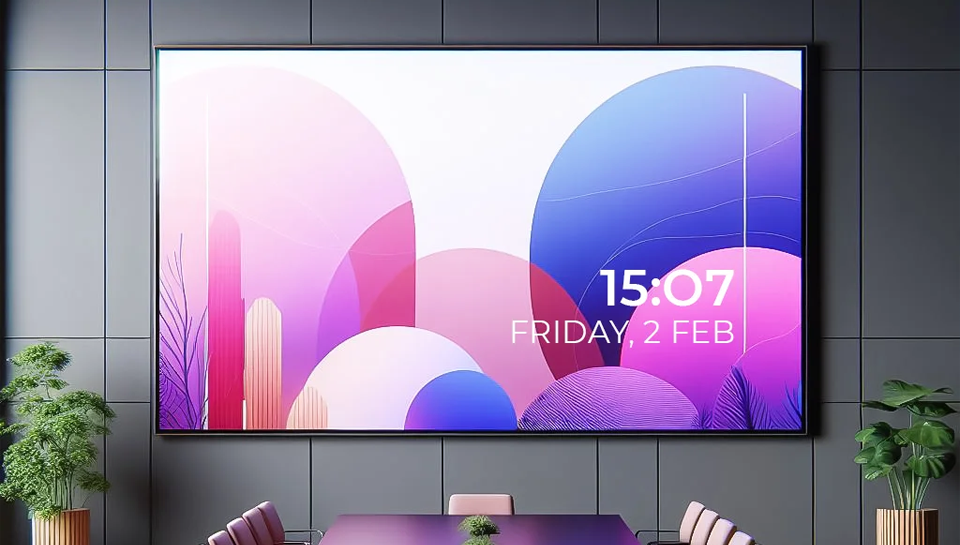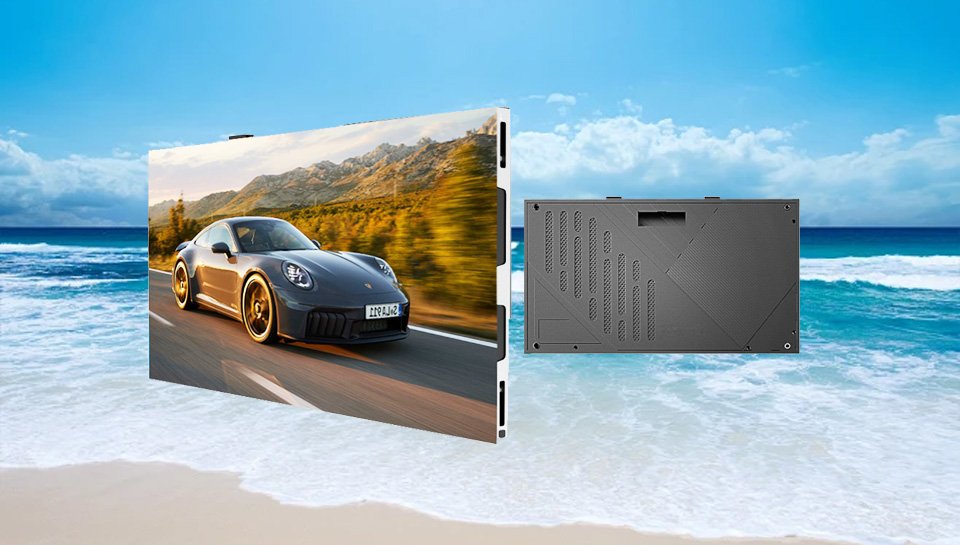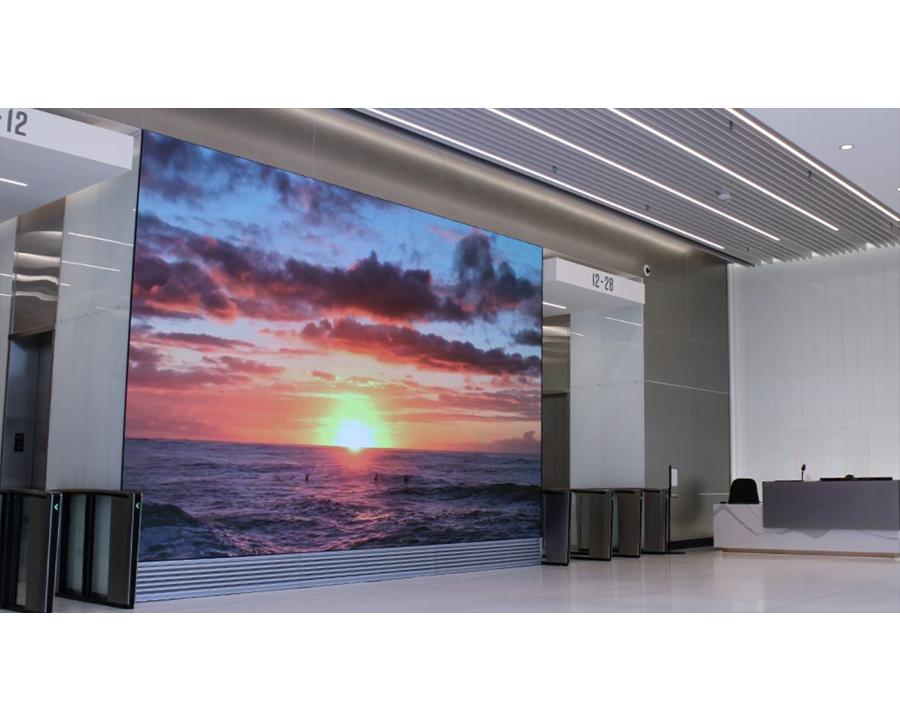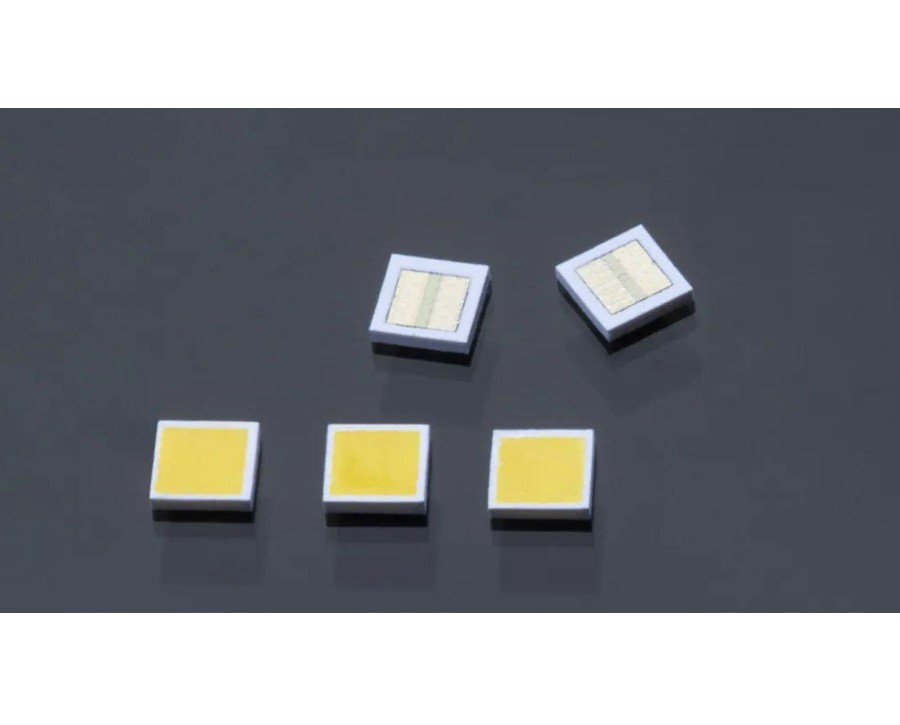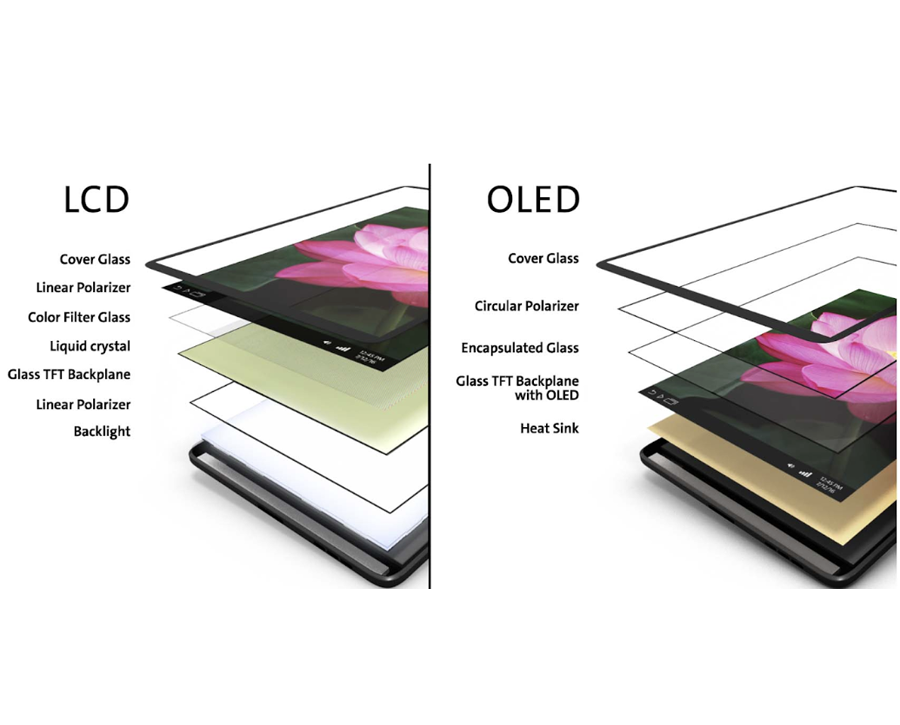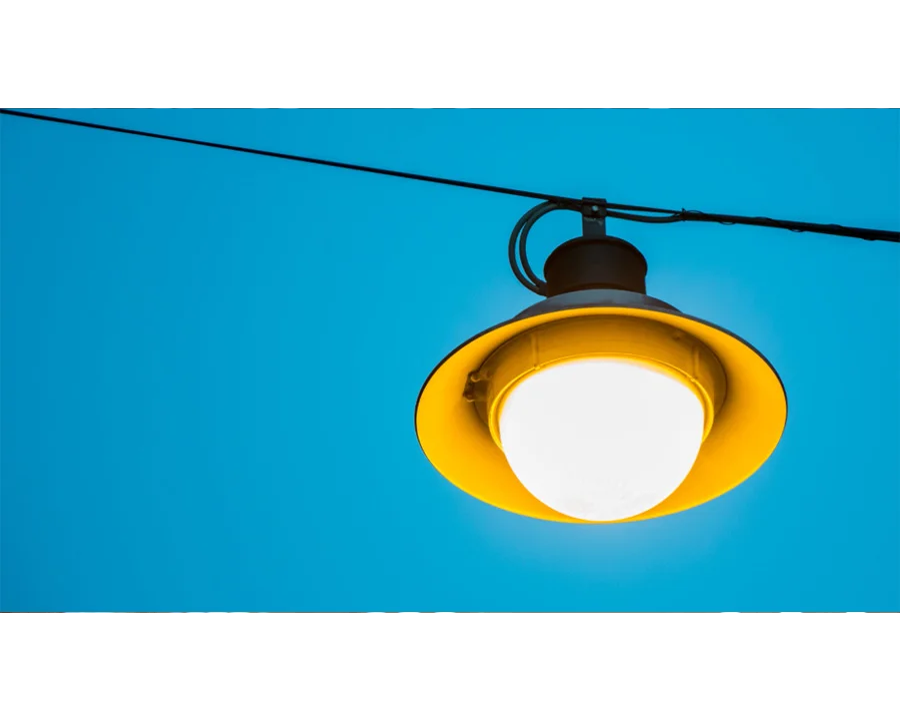
People find it difficult to make the best decision of the lighting technology to use. So, how does one identify which of the two is most appropriate? In this article, you are going to know the differences between these two. Discover which lighting solution fits your needs.
What is COB lighting?
COB lighting refers to Chip on Board lighting and is the newest LED technology out there. It’s being seen in everything from flashlights to overhead lights. Rather than single LEDs. The COB lights have quite a number of LED chips that are packed closely together on one circuit board. This design makes it look like a single, powerful source of light. Rather than several tiny points of light.
How does it work?
These closely spaced chips create high-brightness, homogeneous light. Since all chips are on the same circuit. When current passes through, it illuminates all chips in one beam. Thus, reducing glare and at the same time making the light emission smoother, improving energy efficiency.
The COB lighting structure is actually quite simple but pretty effective. It’s just many tiny LEDs grouped together mounted on a substrate. The board that acts as a heat sink. This makes the distribution of heat much more efficient to keep the lights cool and extend their life.
Why Choose COB Lighting?
It is energy-efficient, producing more light per watt. Compact and versatile, it’s perfect for commercial or residential spaces where you want quality lighting that’s easy on energy. With COB, you get a sleek, efficient lighting solution that delivers brilliant results.
What is LED Lighting?
Light Emitting Diodes, or LEDs are literally everywhere. From your home to the streetlights, office buildings, and even the screen of your smartphone. But what makes them so unique?
A LED is not like your average bulb. Unlike the standard incandescent light bulbs that work with a filament or a gas. A LED uses a small semiconductor to emit light. That’s the “light-emitting diode,” a small but mighty component very different from traditional lighting.
How does it work?
When electricity passes through the diode. Photons are emitted—particles of light. This emission is efficient, fast, and gives off bright light with very little heat. You get instant, clear illumination without having to wait for it to “warm up,”. It doesn’t burn out as easily as other bulbs do.
COB vs. LED: Key Differences
Brightness and Light Output
COB lighting features its great brightness and high light concentration. Unlike regular LEDs, where you have multiple small chips. COB groups these chips together tightly. This results in a strong, single beam that’s really bright and intense. With COBs, you get a clean. Even light without the “dots” is sometimes seen with standard LEDs.
Standard LEDs tend to produce light through individual diodes. They’re versatile for a range of uses, from small indicator lights to large arrays. But their light is usually less intense than COBs when measured per area. If you’re looking for a sharp, focused beam. COB might be your best bet. If flexibility and varied lighting patterns are more important, traditional LEDs may be the way to go.
Energy Efficiency
Both COB and LEDs shine when it comes to energy efficiency. But COBs tend to have a slight edge over standard LEDs. COBs use a single circuit for many diodes, increasing the efficiency of each diode. Therefore, being able to produce more lumens per watt.
Standard LEDs are still highly efficient. However, in a standard LED setup, each diode has its own circuit. Which can result in slightly more energy use. If saving on energy is at the top of your list of priorities. Then, COB might give you a slight advantage.
Heat Dissipation
COB concentrates a lot of light into one point and can get quite hot. Most COB designs now use high-quality heat sinks to ensure that the device does not get too hot. Some COBs would still need some extra cooling support, mainly for high-power applications.
Standard LEDs are more spread out and don’t get as hot in a single spot. So, that can make cooling easier. In applications where space is tight or you can’t add more cooling. Standard LEDs may be easier to work with.
Longevity and Durability
Both COB and standard LEDs are designed to last long. However, the COB technology has slightly fewer components due to the design. Which can make it more resilient towards wear and tear. Proper heat management is very important for a long life span with any COB. But when managed, they can last just as long or even longer than the traditional LED.
Realistically, both types will last thousands of hours. Typically, well over 50,000 hours if used correctly. So whether you go with COB or standard LED, you’re looking at a long-lasting solution.
Cost and Price Considerations
COB lighting is often more expensive upfront. Its design requires more precise manufacturing. As a result, it tends to come at a premium. However, the investment can pay for itself with regard to efficiency, brightness, and longevity.
They are mostly cheaper than standard LEDs. Hence, a favorite among consumers. If you have lighting needs that are extremely cost-sensitive or you don’t need great brightness for your particular project. Then, traditional LEDs can provide great value.
COB vs LED Lighting Applications
When choosing lighting, especially in industrial, commercial, and display settings. You can easily get tired and confused by the options. You will definitely get to see COB and LED lighting. Both are effective, but each has distinct applications and strengths. Let’s explore where and why each shines best.
Industrial Lighting
Industrial places need brightness, durability, and energy efficiency. That’s where COB lighting comes into play. COB lights have a high-lumen output with fewer bulbs, creating a strong, focused light. They also reduce glare, which is important where safety and visibility are needed in the setting.
Within your industrial areas, it’s best to install COB lights for high-bay and low-bay applications such as:
- Manufacturing plants: Brighten up vast, open areas with no other light sources.
- Warehouses: Light up storage spaces for facilitated navigation and better productivity.
- Workshop spaces: Provide good, even lighting for detailed work.
Commercial Lighting
For commercial spaces, such as retail shops, offices, or restaurants. You will want to have adjustable lighting. In that regard, traditional LED lighting is better. As you can have flexibility in color temperature and brightness levels. Creating different ambiences according to your brand or time of day. In addition, LEDs work really well with any dimmable lighting setup. Perfect for conference rooms or restaurants that will need a change of ambiance.
Shine in your commercial spaces with LED lighting:
- Offices: Dimmable LEDs for bright day working light are soft on the eyes.
- Retail shops: Showcase products without harsh shadows. Dimmable LED lights allow you to accentuate products.
- Restaurants and cafes: Effectively create a cozy, welcoming atmosphere using dimmable LEDs.
Display Lighting
The point of display lighting is to catch the eye. Be it in a museum, a showroom, or even a trade booth. For these applications, both COB and LED have their place, depending on what you need.
Use COB lighting for:
- Galleries and museums: Emphasize pieces of art or objects. COB has a natural color rendering and vivid, focused light.
- Product displays: Make products pop with one powerful light. COB provides a bright, high-contrast effect ideal in high-end displays.
Use standard LEDs for:
- Retail displays: Highlight a few products with adjustable LEDs. You can create layers and focal points with greater control.
- Trade show booths: With efficient, portable and flexible LEDs you can come up with very attractive displays which require minimal maintenance.
Choosing the Right Light for the Job
- For professional spaces: High-intensity, directional light; COB lighting.
- Commercial Spaces: LED lighting for flexible and adjustable lighting.
- For displays, COB for high density, focused display and LED for layerable, adjustable lighting.
Choosing between COB and LED lighting doesn’t have to be overwhelming. Just consider what you want to accomplish. The feel you want to achieve, and how much control over brightness and focus you need. With the right choice, you will save energy and enhance the overall effect of your space.
Conclusion
When choosing between COB and LED. Consider what you want. COB provides the strongest, smoothest light. The LED is versatile and efficient. Each excels in different respects. Now, with this guide, you are ready to make an informed decision. Light up your space just the way you envisioned.
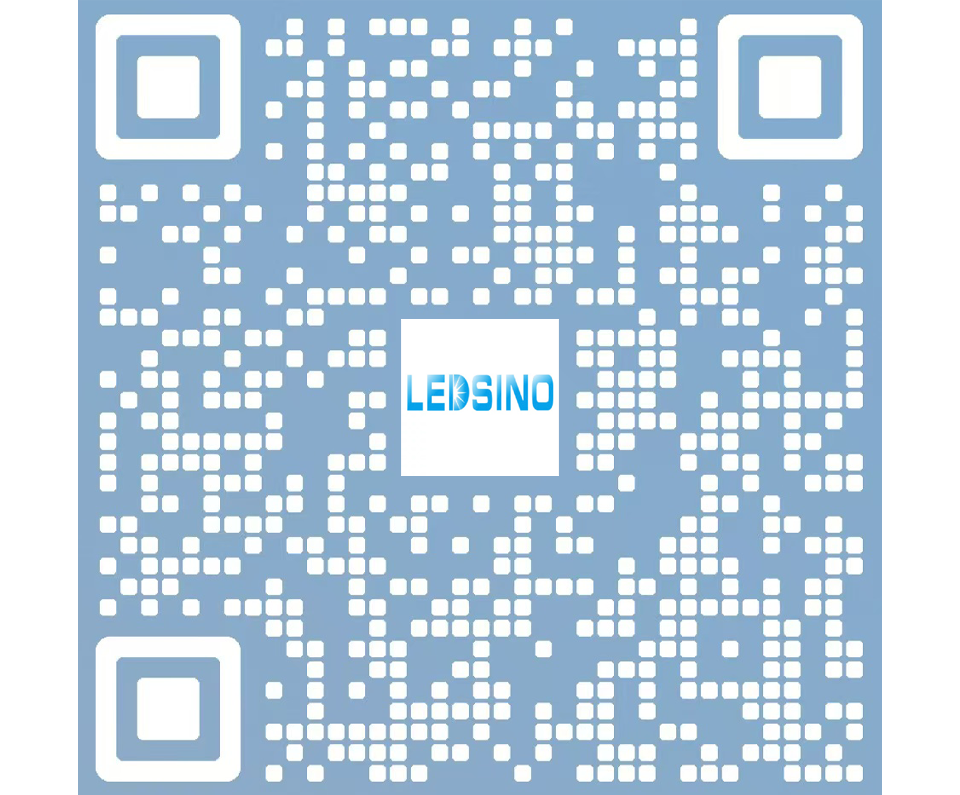
Enter the digital world with our advanced display technologies.

